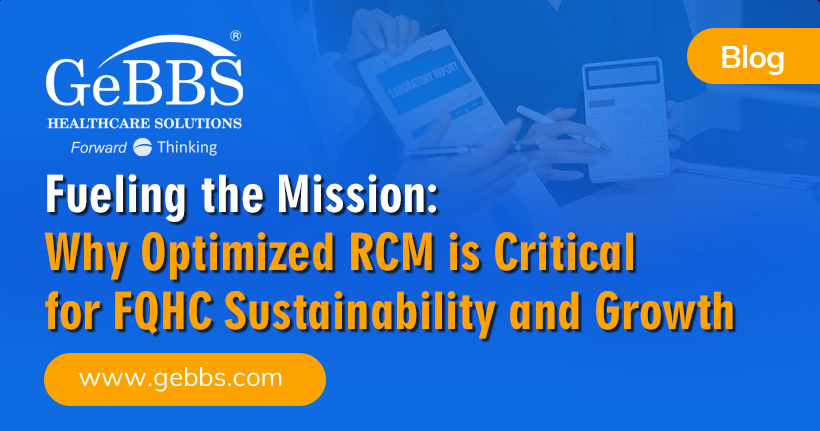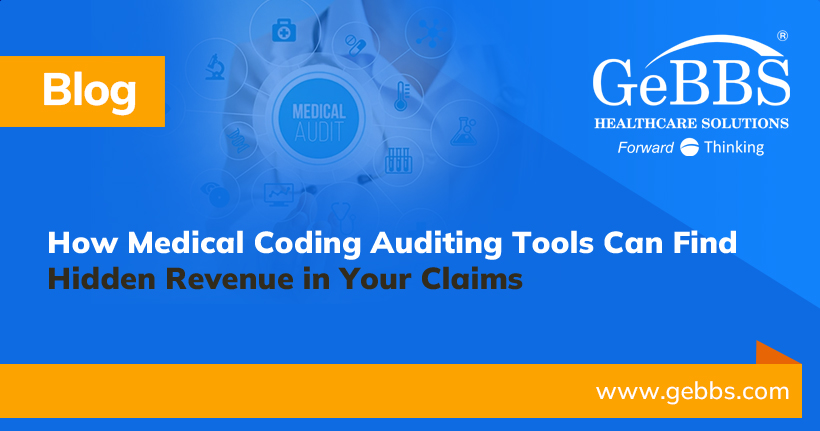Payers and healthcare providers alike are in the constant pursuit of the triple aim in healthcare – including better quality, greater value, and improved patient satisfaction – as the shift to value-based care continues. For every health plan on the market, it’s critical to review and evaluate quality performance on a regular basis to ensure the plan’s continued success. One way payers do this is through the use of the Healthcare Effectiveness Data and Information Set, otherwise known as HEDIS. The HEDIS quality measures were introduced in 1997 by the National Committee for Quality Assurance (NCQA) and scores are used by the Centers for Medicare & Medicaid Services (CMS) to monitor ongoing performance for managed care organizations.
In simple terms, HEDIS involves a retrospective review of healthcare services rendered to ensure the care is meeting quality standards. HEDIS measures span all types of clinical care and strive to ensure that providers are following evidence-based guidelines. With more than 80 measures covering everything from the appropriate use of asthma and antidepressant medications to ensuring patients receive the preventive screenings and immunizations they need, the impacts of HEDIS measures are felt far and wide. Performance impacts Medicare star ratings, NCQA health plan ratings, as well as report cards at the state and national level. Improving HEDIS scores is a constant priority for most health plans as they analyze massive amounts of data to identify opportunities for ongoing improvement.
HEDIS Challenges
While HEDIS is an effective tool for measuring quality – tracking performance against these measures can be seriously challenging and time-consuming for payers. Chart retrieval and abstraction of data is a complex process – particularly when working with providers to aggregate data from disparate electronic medical records (EMR) systems and paper charts. Other challenges include getting providers to respond and release records upon request. Information may come in via fax, secure FTP site, EMR or even mail. From there, analyzing data is another complex issue that payers face.
Technology Solutions for Managing & Improving HEDIS Performance
Fortunately, technology once again may come to the rescue in helping managed care organizations overcome these many challenges. Payers who partner with vendors to retrieve, abstract and analyze the data needed, all while keeping an eye on HEDIS performance, can reduce (or outsource) the many headaches by leaving these processes to the experts who have the tools, teams and technology to streamline the process. Here are a few ways technology can help payers address HEDIS headaches and improve scores.
Chart Retrieval Platforms: Using automated, self-service technology platforms to manage chart retrieval can save time and resources. These proprietary tools feature dynamic provider databases to make retrieval easier and more efficient, as well as helping improve engagement for addressing irretrievable charts. While providers often see chart retrieval outreach as another headache that can contribute to burnout, working with the right vendor can make sharing records fast and easy with full EMR integration, drag and drop capabilities – and a full dashboard that provides real-time retrieval data for ongoing improvement and enhanced communication. GeBBS iCode platform is an intelligent workflow tool to help address payers’ many chart retrieval challenges.
Population Health Solutions: One way payers can help improve HEDIS scores is to do a better job analyzing patient data to identify gaps in care and ensure the best utilization of healthcare resources. This can be done by using population health management applications aimed at helping ensure patients are getting the care they need while keeping value top of mind. Payers will first need to establish a population health registry and then master the technique of analyzing the massive amount of data coming in. There are many vendors who specialize in population health management and offer unique tools designed to improve quality, value, and performance for health plans.
Patient Engagement Programs & Portals: Using technology to improve patient engagement is another way payers can improve HEDIS measures. Going straight to the member with incentives and motivational programs designed to encourage screenings, routine care and wellness activities can lead to better quality, compliance and higher HEDIS scores. To do this, payers are implementing unique patient engagement strategies using advanced technology solutions to keep members engaged and active participants in their care. Using innovative portals, members can participate in beneficiary incentive programs, track their adherence to their plan of care, and monitor their health care costs – all of which are sure to improve HEDIS scores over time.
In conclusion, managing HEDIS and all that comes with it isn’t easy. Payers that outsource some or all of these core functions can save time, improve efficiencies and get on the road to higher HEDIS scores.
GeBBS Healthcare Solutions offers the technology and services to help you improve your HEDIS scores by creating efficiencies and visibility throughout the process. Click here to explore how GeBBS can assist on your next HEDIS project.






